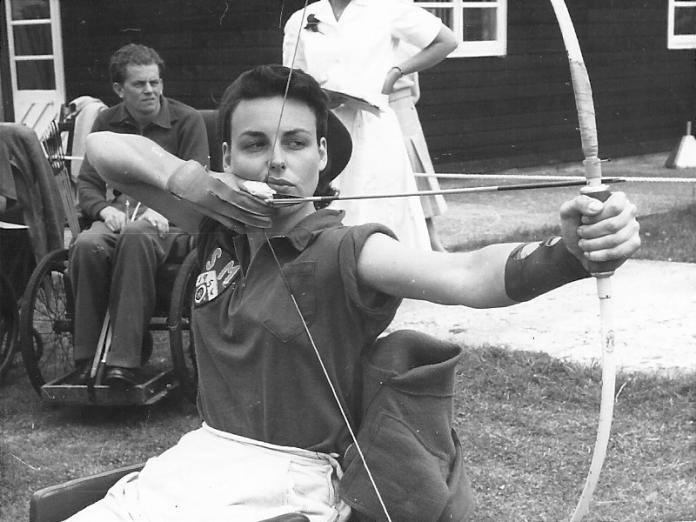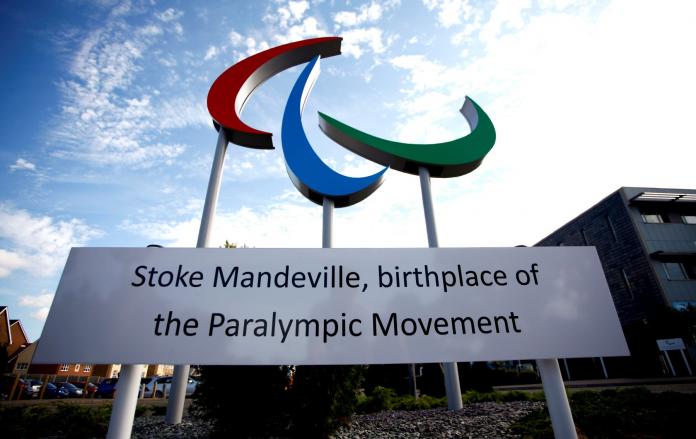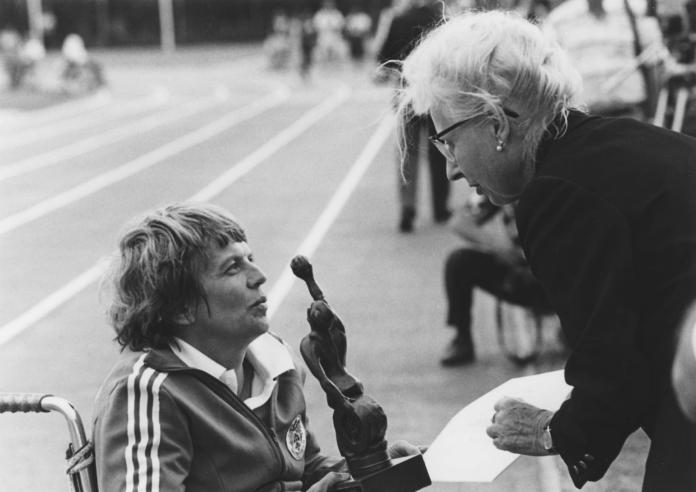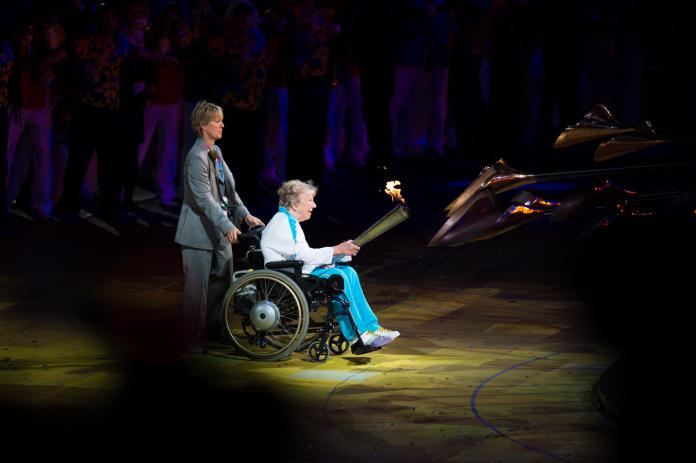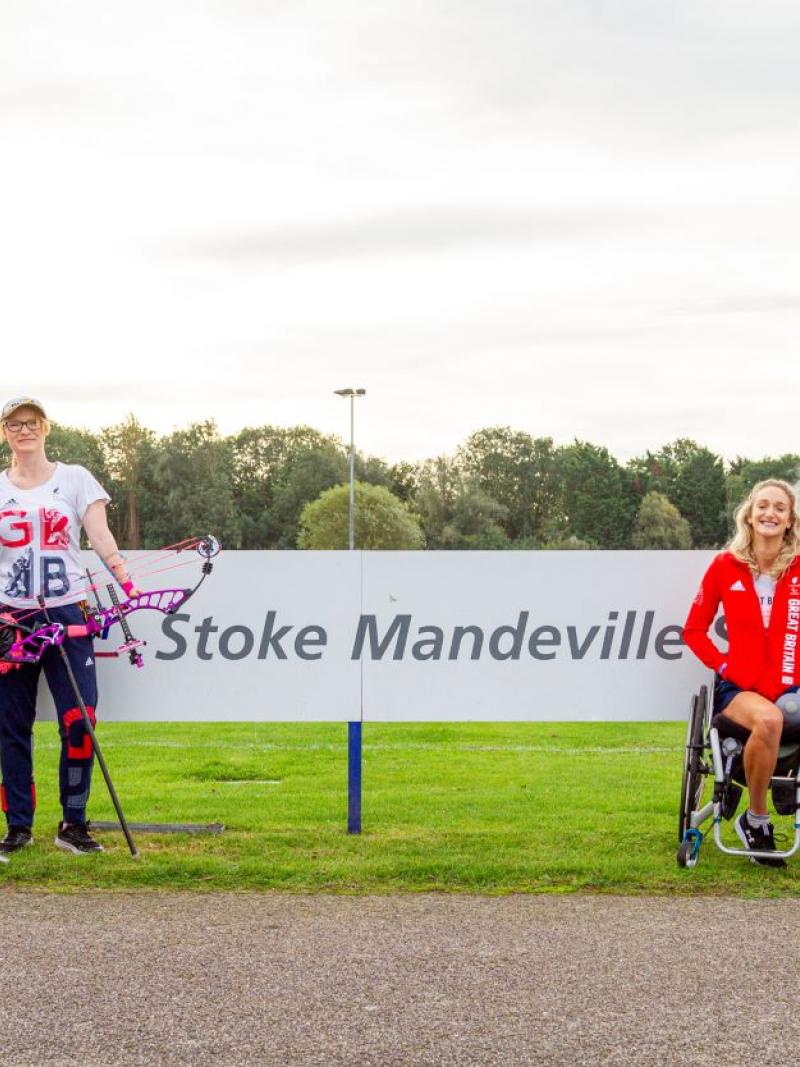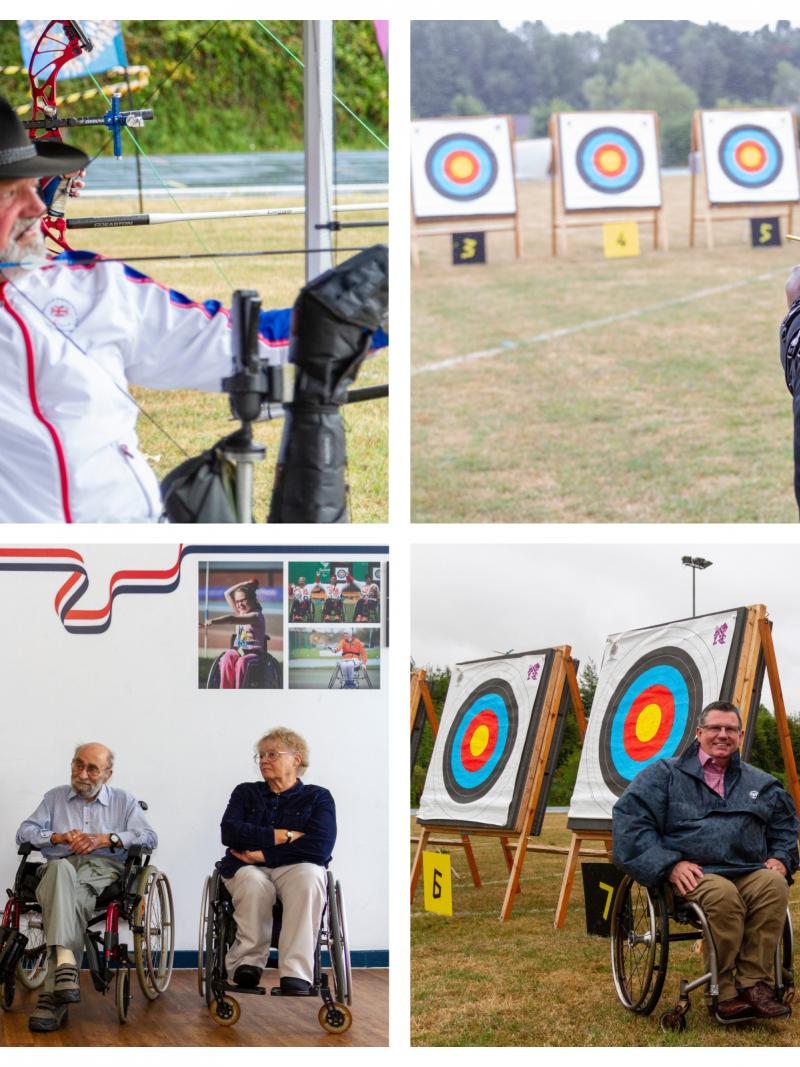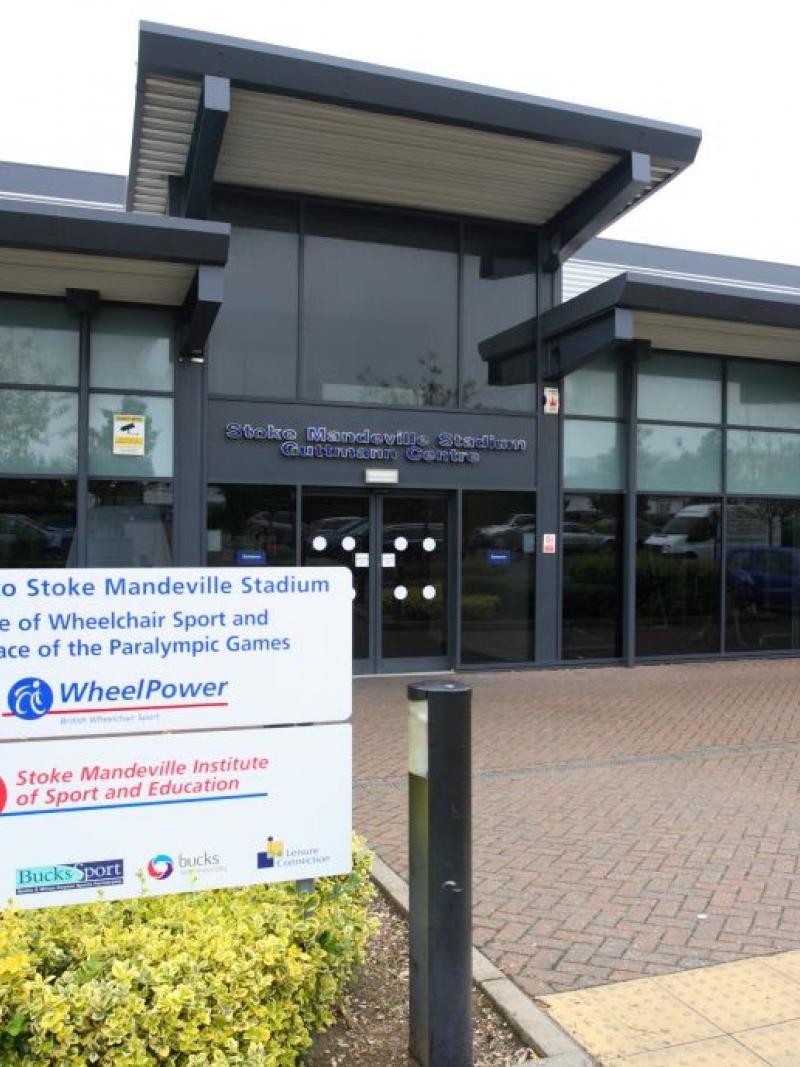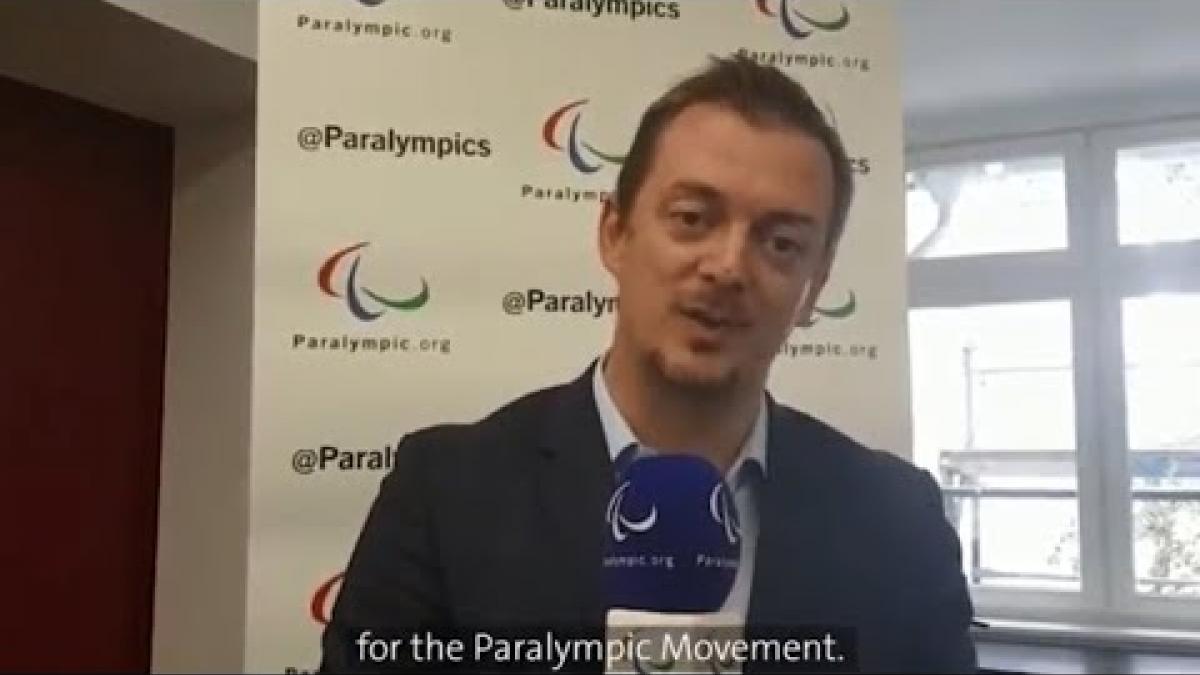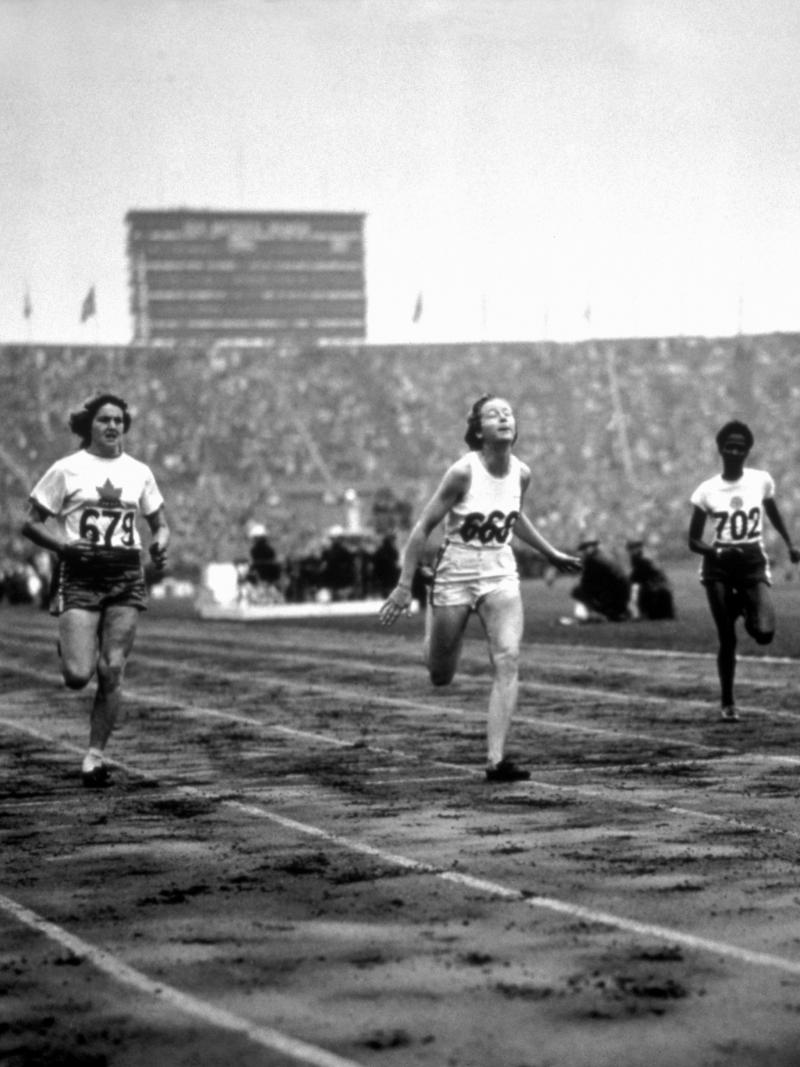Stoke Mandeville Games, 1948-1959: The arrival of pioneer Paralympic women
The Paralympic Games forerunner event in Stoke Mandeville was contested mainly by men but benefitted from the performances of trailblazing women 23 Jan 2024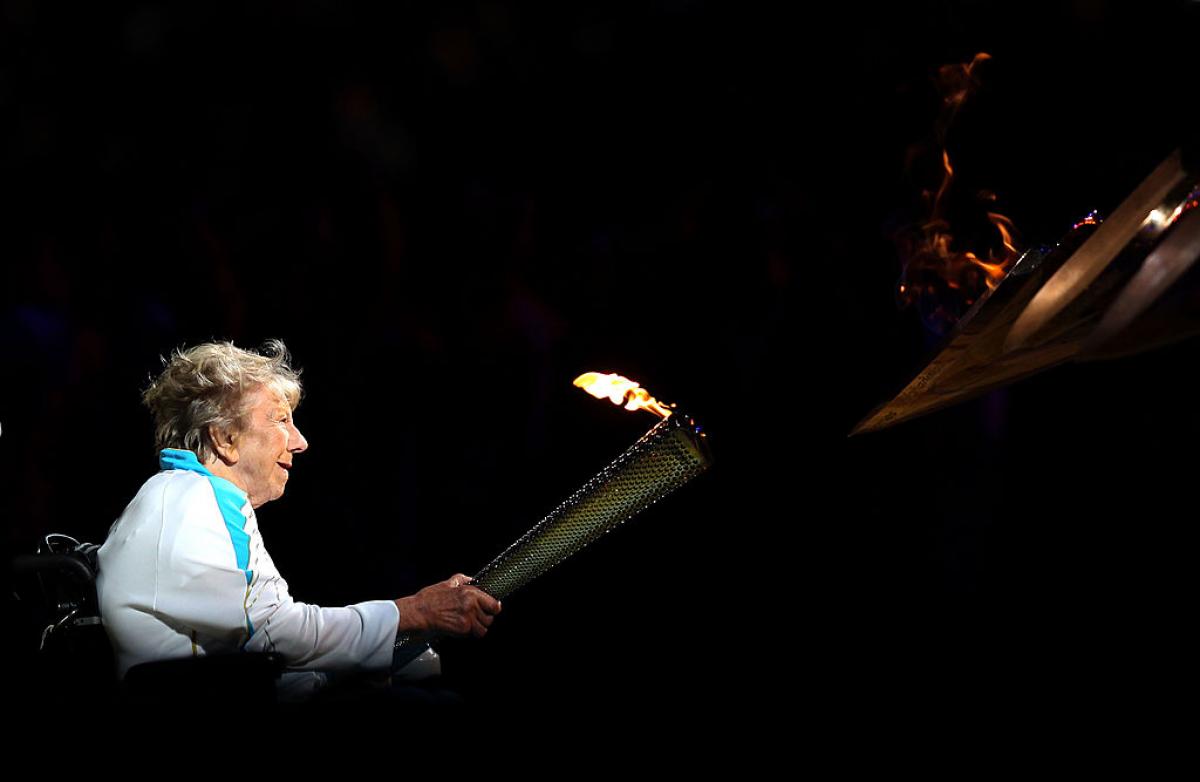
In 1943, renowned neurosurgeon Ludwig Guttmann opened, in rural Buckinghamshire, England, a specialist hospital for World War Two veterans who had suffered spinal cord injuries.
Just five years later, specifically on 29 July 1948, he was unbottling the magic of a sporting event for people with disabilities. They were called the Stoke Mandeville Games, in honor of the rural town - located about 60 km from London - that hosted the hospital.
Nevertheless, this story is not about Dr. Guttman – a Jewish doctor who had fled from the armed conflict with his family – or the Games. It is about the first women who were vital in pushing forward an initiative that would become the Paralympic Movement in the future.
The first names that should be mentioned are Robin Imray and Joan ‘Bunty’ Noon, who were the only two women among the 16 wheelchair archers participating in the inaugural edition of the Stoke Mandeville Games. Noon was injured in an air crash while flying with the Women’s Royal Air Force
The aim, according to Guttmann, was to “unite paralysed men and women from all parts of the world in an international sports movement … Give hope and inspiration to thousands of paralysed people”.
And like that, Imray and Noon became an unheralded duo that unwittingly blazed a trail. But what of the women who would pick up the baton from them; the ones that a few years later would become the first female stars of Paralympic sport?
Joan Scruton, MBE
The most influential woman in the early years of the Stoke Mandeville Games wasn’t an athlete at all but an administrator – Joan Scruton, Guttmann’s assistant. Hired to work with the doctor at Stoke Mandeville Hospital, she was always present during the early editions of the Games, even helping with tasks such as keeping score.
“The two of them (Guttman and Scruton) put into action their dream of sport and Stoke Mandeville coming together,” former IPC president Sir Philip Craven said. “Joan made it happen and interpreted Sir Ludwig’s many visions and without them, the Stoke Mandeville movement that has become the Paralympic Movement may never have got off the ground. We owe a great debt to Joan Scruton.”
Scruton, who died in 2007, was an organising member of the Games from 1952 to 1968 and secretary general of the International Stoke Mandeville Games Federation from 1975 to 1982. She was given the Paralympic Order in 1999.
Margaret Harriman
Born Margaret Webb in Great Britain, Harriman was one of the first stars of Paralympic sport, winning 17 medals – including eight gold – for Rhodesia (now Zimbabwe) and then South Africa across four sports spanning six Games. Before that, she was the only woman to compete in the inaugural netball tournament at the second Stoke Mandeville Games in 1949.
Just 21, Webb received praise for her performances. A year later she was among the first athletes to trial Guttmann’s new idea for a wheelchair sport: javelin throw. Perhaps most extraordinary of all, though, her final Paralympic medal – a bronze in lawn bowls in 1996 - came 20 years after her previous one following South Africa’s post-apartheid return to international competition.
Margaret Maughan
Maughan was introduced late to the Stoke Mandeville Games, competing in the last edition in 1959, less than a year after a car accident left her paralysed from the waist down. A patient of Guttmann’s, Maughan said of the sporting element of her rehabilitation: “We had to do something, it was in our programme. I expect some people hated it, but archery was the one that I really enjoyed.” Within a year, she had become Great Britain’s first gold medallist at the Paralympic Games – as the event in Rome in 1960 would later be anointed.
A teacher by trade and not considered before her accident, Maughan would win further golds in swimming, dartchery (a combination of darts and archery contested at the Summer Paralympic Games from 196,0 to 1980) and lawn bowls before becoming a coach and mentor at Stoke Mandeville. She lit the cauldron at the Olympic Stadium at the opening ceremony of the London 2012 Paralympic Games. She passed away in 2020 aged 91.
Joan Horan
A sometime socialite, actor, and swimming enthusiast, Horan spent a year at Stoke Mandeville Hospital after a cyst on her spine left her paralysed by 1953. Like Maughan, she took up archery while a patient of Guttmann’s at Stoke Mandeville where, also like Maughan, she returned to win gold in the 1959 Games, doing likewise at the Rome 1960 Paralympic Games, where she also took the gold in swimming. The only woman on Ireland’s team, Horan was granted an audience with the Pope and the Mayor of Dublin after her heroics. She died in 1965 from complications related to her disability.
Valerie Robertson
One of the only surviving participants from the pre-1960 Stoke Mandeville Games, Robertson (nee Forder) has been described as “the outstanding all-round wheelchair athlete of her generation” but she’s much more besides. Born in London but a member of the Scottish Disability Hall of Fame, Robertson competed at the Stoke Mandeville Games in 1954 and 1958 before going on to claim 12 Paralympic medals – including six golds – across swimming, athletics, archery, and wheelchair fencing. But it is in lawn bowls where she has really left her mark. Along with late husband John, Robertson has been credited with helping to improve wheelchair access to greens, including helping to develop a ramp to assist the launch of the balls.





